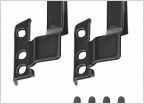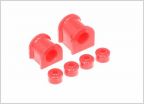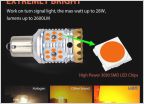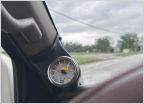-
Welcome to 4Runners.com!
You are currently viewing as a guest! To get full-access, you need to register for a FREE account.
As a registered member, you’ll be able to:- Participate in all 4Runner discussion topics
- Transfer over your build thread from a different forum to this one
- Communicate privately with other 4Runner owners from around the world
- Post your own photos in our Members Gallery
- Access all special features of the site
3rd Gen 4Runner Buyer's Guide
Discussion in '3rd Gen 4Runners (1996-2002)' started by Ripcord, Jun 2, 2015.


 Rear wiper screw
Rear wiper screw Replacing Sway Bar Bushings
Replacing Sway Bar Bushings Upgrade to LED Signals, Brakes etc...Inexpensively???
Upgrade to LED Signals, Brakes etc...Inexpensively??? Which timing belt/water pump kit to get?
Which timing belt/water pump kit to get? Third GEN water temperature gage
Third GEN water temperature gage 3rd gen 4runner w/ 3.4
3rd gen 4runner w/ 3.4









































































